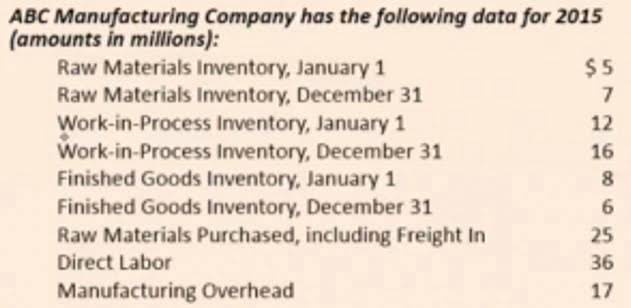
It is calculated by subtracting total liabilities from total assets of the company. Private equity is often sold to funds and investors that specialize in direct investments in private companies or that engage in leveraged buyouts (LBOs) of public companies. In an LBO transaction, a company receives a loan from a private equity firm to fund the acquisition of a division of another company. Cash flows or the assets of the company being acquired usually secure contra asset account the loan. Mezzanine debt is a private loan, usually provided by a commercial bank or a mezzanine venture capital firm.

Step 1: Determine assets
All of the asset and liability line items stated on the balance sheet should be included in this calculation. Total equity is the ownership interest of shareholders in a company, and represents the net worth of a business. It’s used by investors and analysts to evaluate a firm’s performance and potential. Retained earnings, common stock, and additional paid-in capital are components of total equity. Total Equity is a critical component of a company’s balance sheet and indicates the value left for shareholders after all debts are paid.

Can the balance sheet formula change over time?

The ownership value of a sole proprietary firm is evaluated after deducting the overall liabilities from the company’s total assets. The Market Capitalization of publicly traded common stock can be construed as the company’s worth based on its market standing or its demand among investors. Consistent financial recordkeeping lays the groundwork for effective equity analysis and reporting. You need to adopt best practices for regular equity adjustments to guarantee accuracy.
Create a free account to unlock this Template
- Start by gathering the total assets and total liabilities from the company’s balance sheet.
- It’s used by investors and analysts to evaluate a firm’s performance and potential.
- Moreover, recognizing the implications of shareholder rights, investment influences, and earnings recognition methods further enhances your analysis.
- It is calculated by subtracting total liabilities from total assets of the company.
- Therefore, the stockholder’s equity of SDF Ltd as on March 31, 20XX stood at $800,000.
For instance, market fluctuations often cause changes in a company’s equity, influenced by asset values and liabilities. Once the total assets and total liabilities have been identified and quantified, the final step is to subtract the total liabilities from the total assets. This calculation provides stakeholders with an understanding of the value that shareholders hold in the company. Private equity generally refers to such an evaluation of companies that are not publicly traded.

But if the equity is low or negative, it may not be able to repay debts. In addition to the components mentioned how to calculate total equity above, there are other unique details worth considering. This total matches the company’s assets, ensuring the balance sheet is balanced. A low equity ratio means that the company primarily used debt to acquire assets, which is widely viewed as an indication of greater financial risk. Equity ratios with higher value generally indicate that a company’s effectively funded its asset requirements with a minimal amount of debt. Investing in equity ownership is riskier than investing in other financial instruments.
- Firstly, it serves as a measure of the company’s financial health and stability.
- Too much debt can strain the cash flow; too little debt can slow growth.
- Total liabilities and equity represent how those assets are financed.
- By assessing the balance between assets and liabilities, they can make informed decisions regarding investment opportunities and potential risks.
- She holds a Bachelor of Science in Finance degree from Bridgewater State University and helps develop content strategies.
- This total matches the company’s assets, ensuring the balance sheet is balanced.
- It’s also called owner’s equity or shareholders’ equity because it represents ownership in a company.
- Stockholders’ equity, also known as shareholder equity, is the total amount of assets that a company would retain if it paid all of its debts.
- Stockholders’ equity is the value of a company’s assets left for shareholders after the company pays all of its liabilities.
- Retained earnings are usually the largest component of stockholders’ equity for companies operating for many years.
- Dividend recapitalization—if a company’s shareholders’ equity remains negative and continues to trend downward, it is a sign that the company could soon face insolvency.
When your company incorporates, it has to call a board meeting to decide how many shares each of the company’s original owners will get. Shares are small pieces of your company that are worth a certain dollar value. If you total up the value of all the shares you own, that’s your total stock in the company. By using the above calculation, one can calculate the Accounting for Technology Companies total asset of a company at any point in time.
What Is Stockholders’ Equity?
These additions or deductions are brought out by changes in realized profits, changes in unrealized profits, issuance of new shares, purchase of existing shares, and dividend declaration. It is calculated as the difference between assets and liabilities featured on the balance sheet of a company. It represents a company’s net asset value in front of investors, financiers, and the public.
